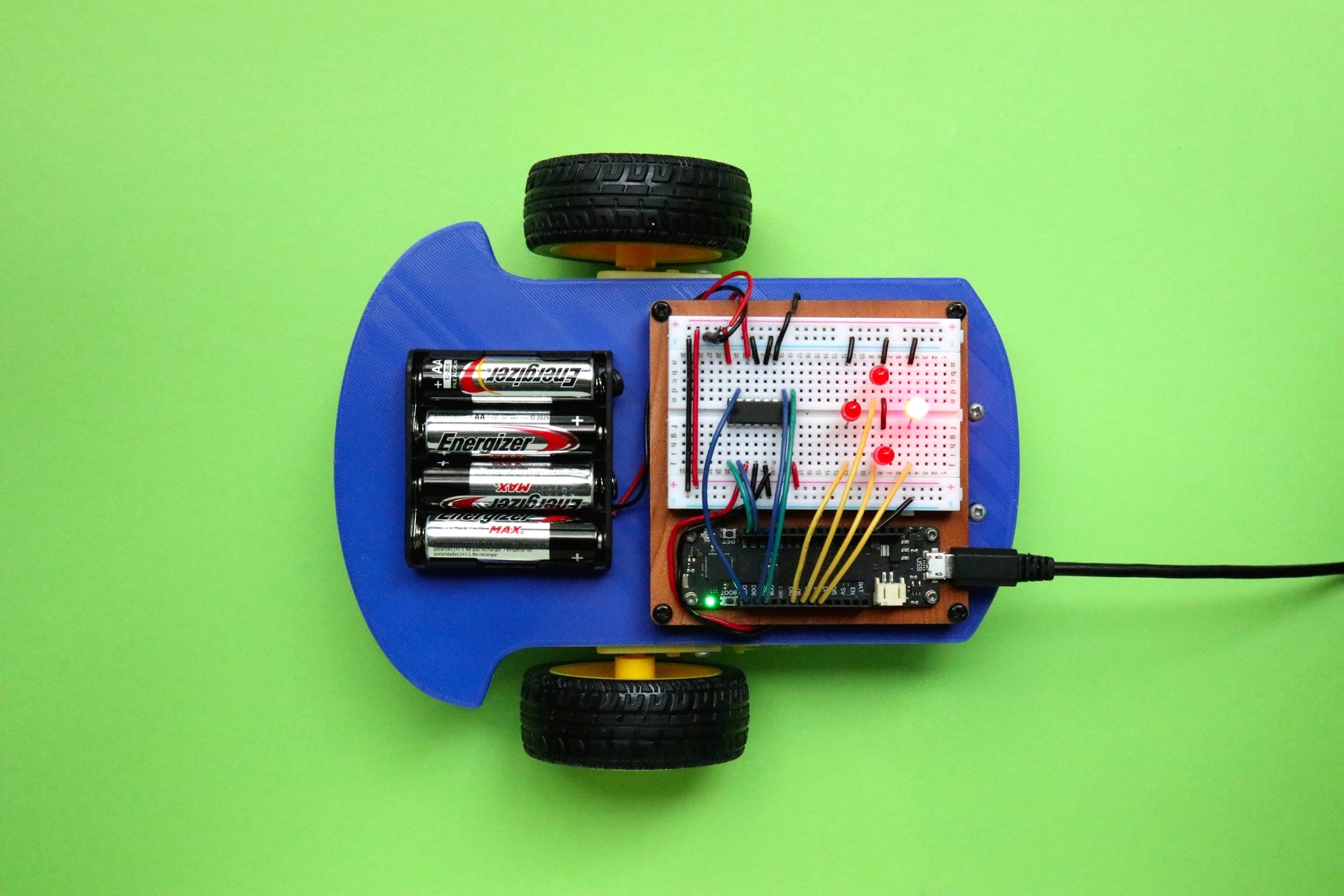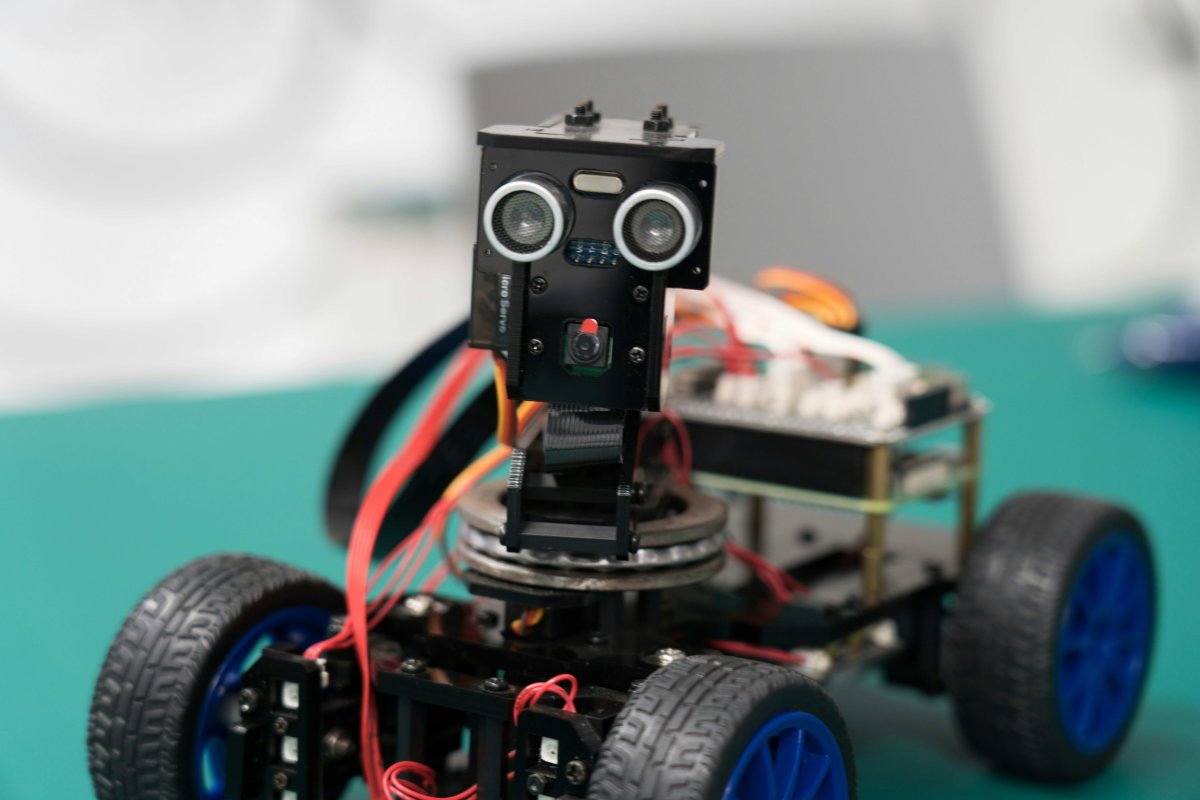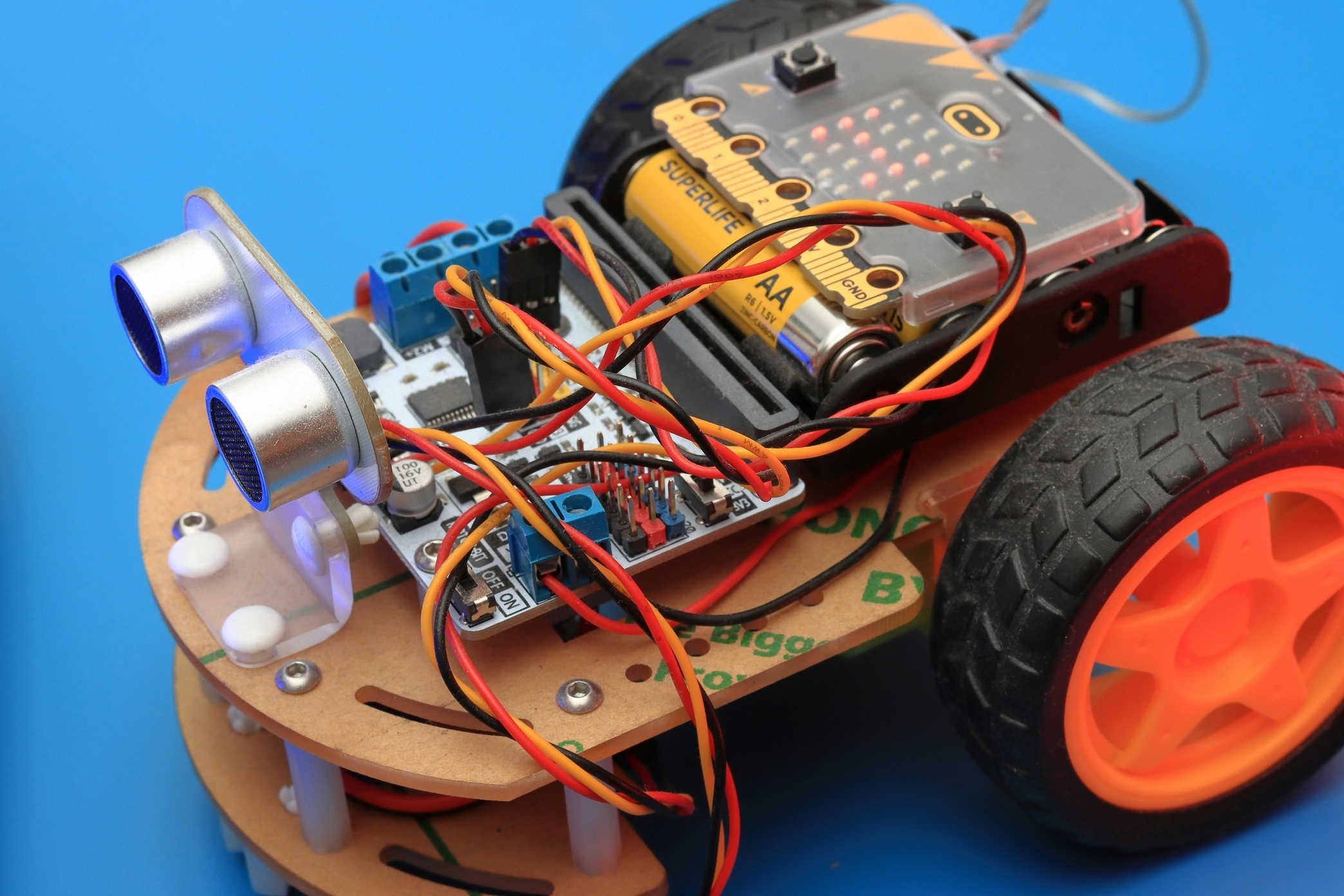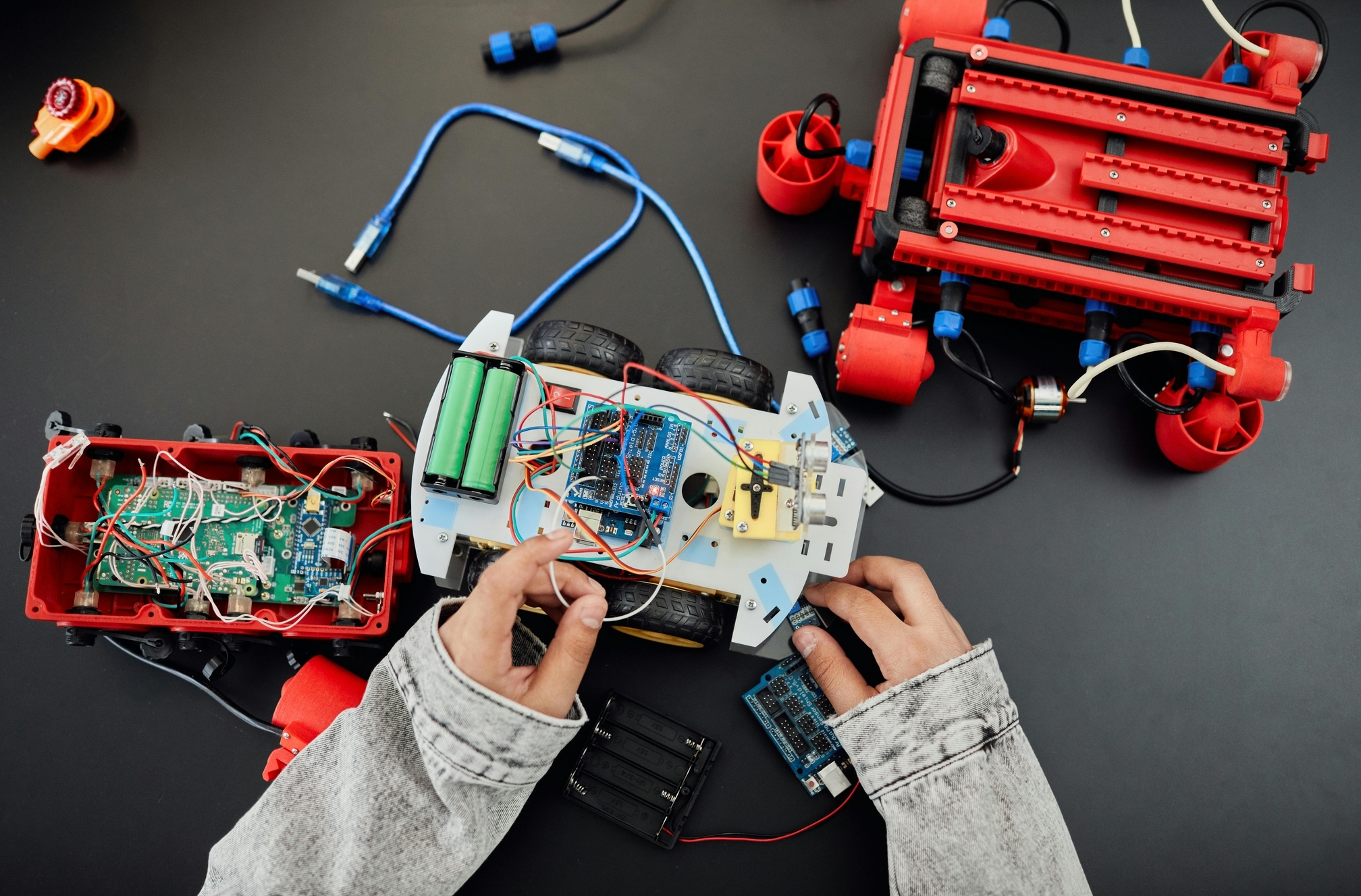Introduction
Blinking LEDs and reading sensors is fun… but nothing says “I’m really building robots” like controlling motors with Arduino. 💡
In this guide you’ll learn how to control:
- ⚡ DC motors (for fans, wheels)
- 🎚 Servo motors (for precise angles like robot arms)
- 🔄 Stepper motors (for exact step movements like 3D printers)
We’ll go through wiring basics and ready‑to‑use Arduino code for each.
- Controlling a DC Motor with Arduino
A DC motor spins continuously when powered. Arduino itself can’t handle the high current, so we use a transistor or motor driver (L293D / L298N).
Wiring (transistor method):
- Motor + external 5–9V supply
- NPN transistor as a switch (TIP120 or 2N2222)
- Motor + diode for back‑EMF protection
- Arduino pin 9 → transistor base
Code (DC Motor On/Off):
C++
int motorPin = 9;
void setup() {
pinMode(motorPin, OUTPUT);
}
void loop() {
digitalWrite(motorPin, HIGH); // Motor ON
delay(2000);
digitalWrite(motorPin, LOW); // Motor OFF
delay(2000);
}
⚡ Motor spins 2s, stops 2s, repeats.
Code (DC Motor Speed Control with PWM):
C++
int motorPin = 9; // PWM pin
void setup() {
pinMode(motorPin, OUTPUT);
}
void loop() {
for (int speed = 0; speed <= 255; speed += 5) {
analogWrite(motorPin, speed); // Increase speed
delay(50);
}
for (int speed = 255; speed >= 0; speed -= 5) {
analogWrite(motorPin, speed); // Decrease speed
delay(50);
}
}
💡 Motor gradually speeds up, then slows down.
- Controlling a Stepper Motor with Arduino
A stepper motor moves in exact steps (e.g., 200 steps per revolution). Great for 3D printers, CNC machines, precision robots.
We use ULN2003 or A4988 drivers.
Wiring: Stepper → ULN2003 board → Arduino pins 8, 9, 10, 11.
Code (Stepper Sweep):
C++
#include <Stepper.h>
const int stepsPerRevolution = 200; // Motor depends, check datasheet
Stepper myStepper(stepsPerRevolution, 8, 9, 10, 11);
void setup() {
myStepper.setSpeed(60); // 60 RPM
}
void loop() {
myStepper.step(stepsPerRevolution); // One revolution
delay(1000);
myStepper.step(-stepsPerRevolution); // Backwards
delay(1000);
}
🔄 Motor turns one full revolution clockwise, pauses, then counterclockwise.
FAQs
Q: Can I power a motor directly from Arduino pins?
A: No! Use a transistor or motor driver (like L293D or L298N).
Q: Why is my servo motor vibrating instead of moving?
A: Not enough stable power—use a 5V regulator or external supply.
Q: Can Arduino control multiple motors?
A: Yes! Use multi‑channel motor drivers or multiple PWM pins.
Ideas for Projects with Motors
- Smart fan (DC motor + temperature sensor).
- Robotic arm (servo motors).
- Line follower robot (DC motors + motor driver).
- 3D printer + CNC basics (stepper motors).
Conclusion
With DC, Servo, and Stepper motors, Arduino projects level up from blinking lights to real, moving robots.
- DC = simple spin & speed
- Servo = precise angles
- Stepper = exact steps/revolutions
Once you combine sensors + motors: welcome to the world of actual robotics.



